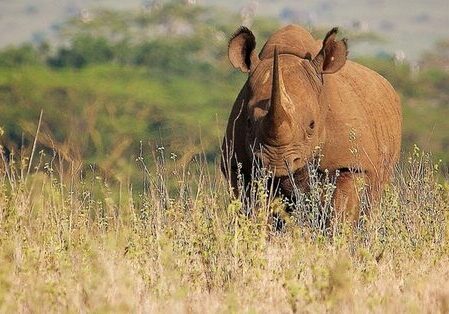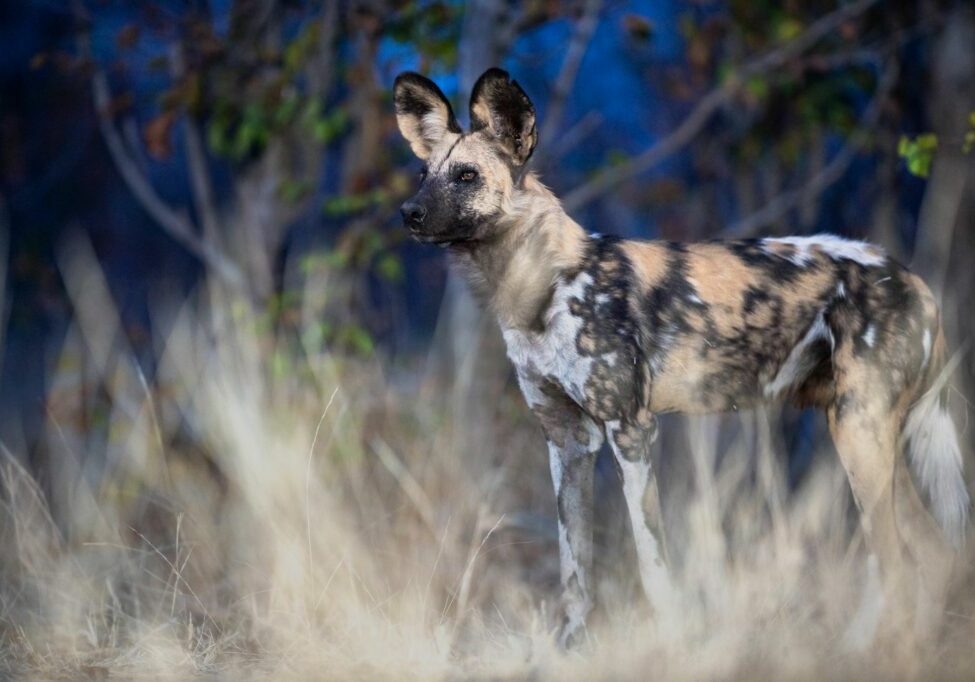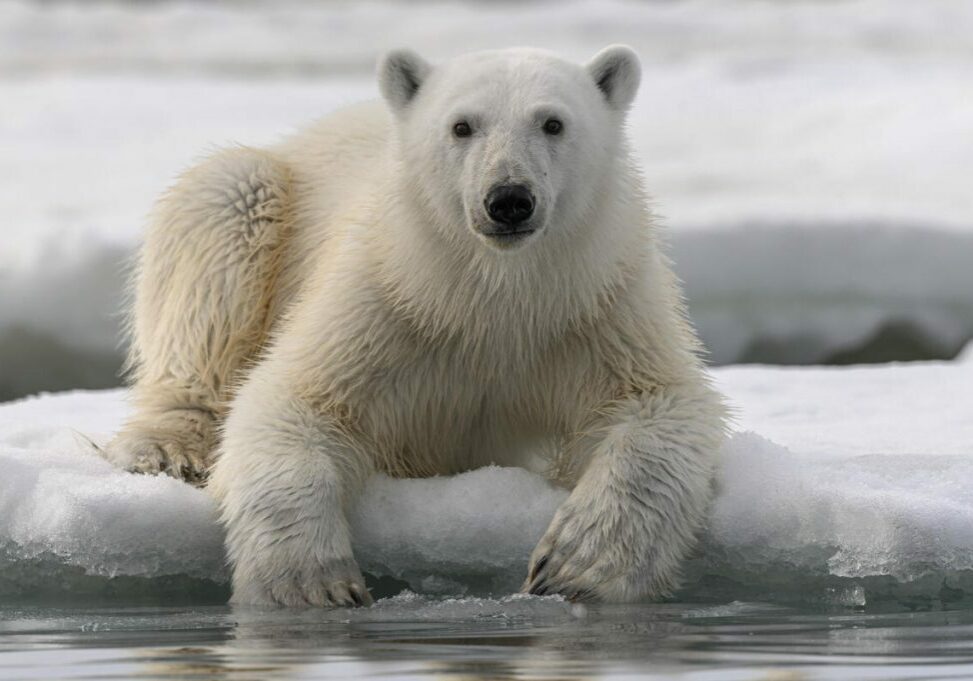In Kenya’s Mara landscape, the Maasai people have lived alongside lions for generations. But as the human population expands and land-use change accelerates, natural habitat is being lost. This, coupled with the erosion of traditional lifestyles and changes in livelihood activities, is bringing lions and other predators into closer contact with people.
Numbers of wild herbivores are falling too – and in the absence of their usual prey, lions may attack domestic livestock instead.
Around 500 lions live in the Mara, out of a global population of 23,000. But even though the number of lions in the wild is declining, conflict with people is increasing. Last year alone, our partners at the Mara Predator Conservation Programme (MPCP) recorded 835 incidents of lions and other predators attacking livestock.
As a result, 15,202 domestic animals (mostly sheep and goats) were killed and 3,675 were injured. The problem is particularly bad around those conservation areas where dense vegetation provides good cover for predators during the day.
Understandably, for many livestock owners, lions may present a significant threat to their livelihoods, as the economic losses for a household from predated livestock can be considerable.
And those who do lose livestock to predators may retaliate, sometimes by leaving out poisoned carcasses. This can kill not only the returning lions but also vultures, hyenas and other scavengers.
With your support, we’ve been working in the Mara landscape for many years, and supporting harmonious coexistence between people and lions is one of our top priorities.
Thanks to our lion adopters and other supporters, we’ve supported local efforts to monitor lions’ movements, providing an early warning system to alert local herders of their presence. We’ve also helped to construct predator-proof livestock enclosures (or bomas).
The latest thing we’ve helped to fund is predator-deterrent lights, which MPCP has installed in two hotspots for lion-related incidents around the Mara in the Laila-Ng’osuani and Pardamat hills. The flashing LED lights will help to reduce night attacks on livestock inside bomas. Where we’ve used them before, they’ve been hugely effective in keeping lions away.
Supporting coexistence isn’t just about protecting livestock – it’s also about understanding people’s perspectives and ensuring fairness. When local communities benefit from – and have a say in – conservation and the decision-making around it, both people and wildlife can thrive.
That’s why, with your help, we’ve also been working with communities in the Mara to support community-led wildlife tourism. When communities benefit from ecotourism revenue, the presence of lions opens up new opportunities.
More to explore

You helped Kenya go a year with zero rhino poaching
Thanks to you, not a single rhino was killed by poachers in Kenya during 2020 – the first time that’s happened in more than 20 years

